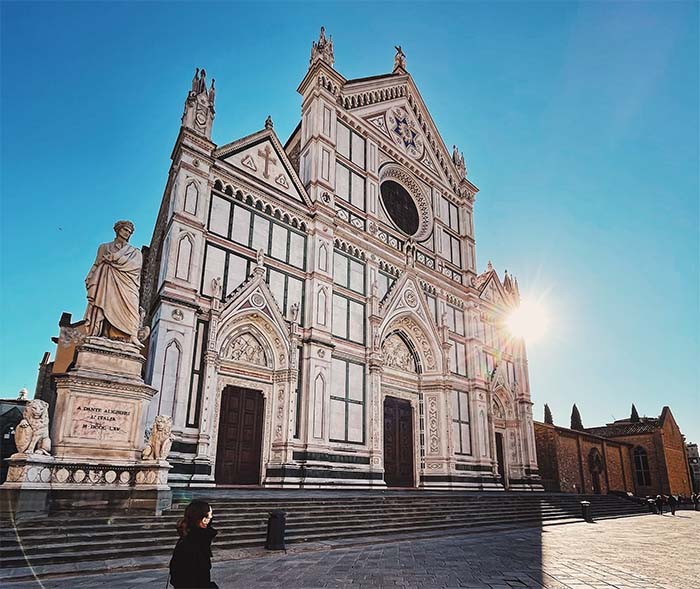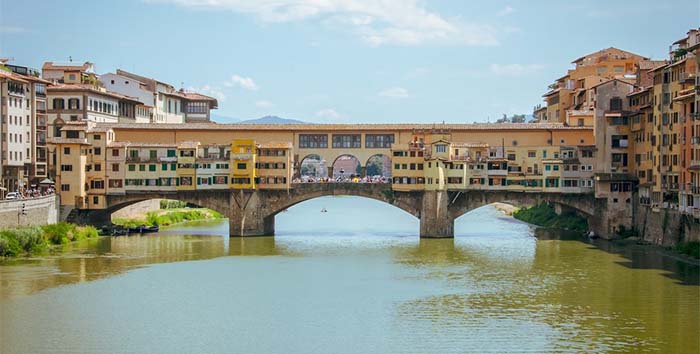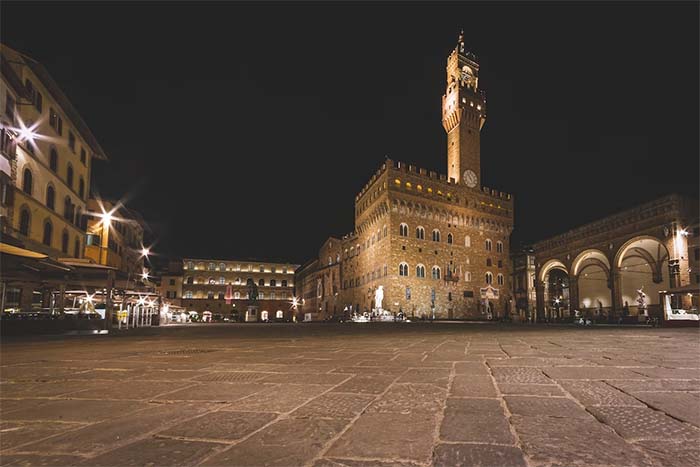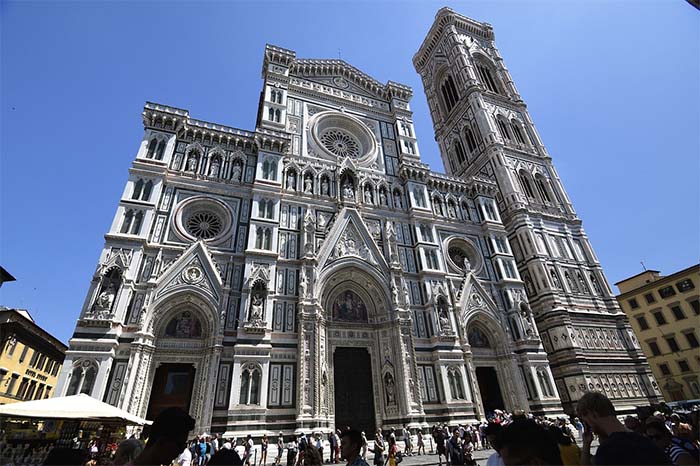Home to glorious giant marble statues and sculptures created by Michelangelo, and above all, David, Accademia Gallery fulfils your interest for art symbols, music, botany, painting techniques. The site assist you admire the works by Perugino, Filippino Lippi, Pontormo, Domenico Ghirlandaio and Bronzino. The Florence Accademia Gallery visit permits you having direct admittance to the Gallery with a skip-the-line Accademia Gallery ticket. The fascination is one of the top exhibition halls on the planet and draws in a large number of guests. The bundle permits you to get to Renaissance strict workmanship, at that point wonder about the first David, one of Michelangelo's most acclaimed models on the planet.
Accademia Gallery
2020-11-04





